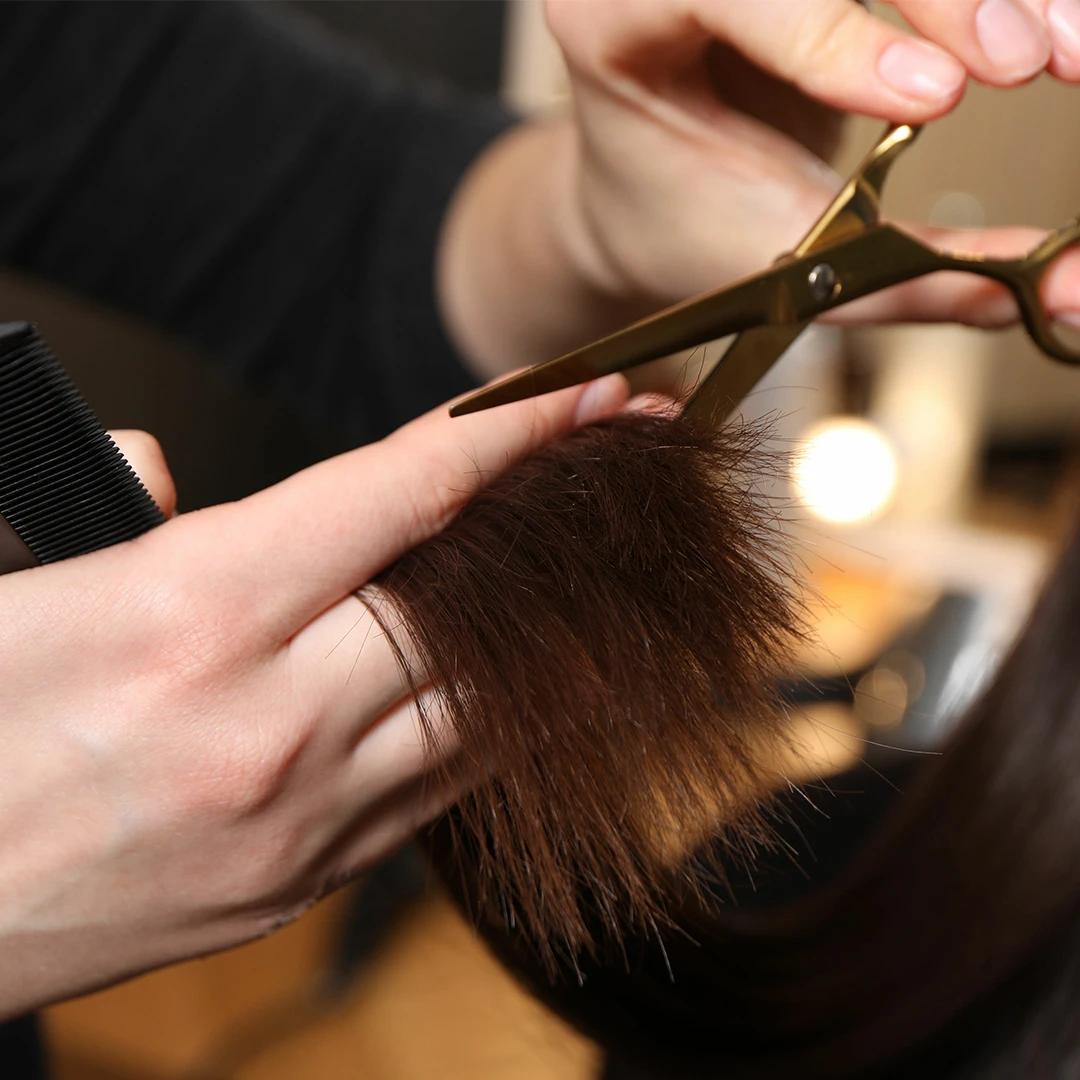When to Schedule Your Next Trim
Different cuts grow out at different rates and in different ways. Some styles look better with a bit of growth, whilst others start looking messy quickly. Generally, shorter cuts need trimming every 4-6 weeks, whilst longer styles can go 8-12 weeks. Ask your stylist for specific timing based on your cut.
Frequently Asked Questions
How often should I wash my hair after getting a new haircut?
Your washing frequency doesn't necessarily change with a new cut, but the technique might. Shorter hair often needs more frequent washing because oils from your scalp distribute faster through less hair. However, some cuts look better with day-old hair that has a bit of texture. Ask your stylist what they recommend for your specific cut.
Can I change my mind about my haircut during the salon appointment?
Absolutely, and good stylists encourage communication throughout the process. If something doesn't feel right, speak up before too much hair hits the floor. However, be realistic about what changes are possible once cutting has started. This is why the consultation phase is so important.
How long does it typically take for hair to grow back after a short haircut?
Hair grows roughly half an inch per month on average, though this varies by person. If you go from long to very short hair, expect about 2-3 months to see noticeable length and 6-12 months to return to shoulder-length hair, depending on where you started.
Are there any hairstyles that work well for both men and women?
Many cuts are genuinely unisex—pixie cuts, bobs, and various layered styles can look brilliant on anyone regardless of gender. The key is adapting the cut to suit individual face shapes, hair textures, and personal style preferences rather than focusing on gendered categories.
Final Thoughts
Getting the perfect new haircut isn't about following trends blindly or copying someone else's style exactly. It's about understanding what works for your hair, your lifestyle, and your personal style goals. This checklist gives you the framework to make informed decisions and communicate effectively with your stylist. Remember, the best haircut is one that makes you feel confident and looks effortless on you. Take your time with the decision, do your research, and trust the process. Your perfect cut is out there—this checklist just helps you find it.

 100 gm
100 gm 20 ml
20 ml 50 gm
50 gm 108 gm
108 gm